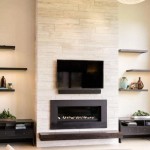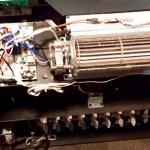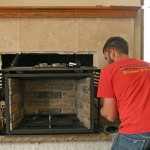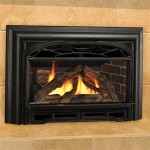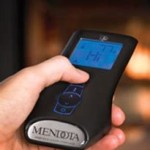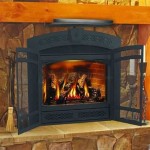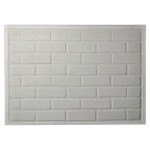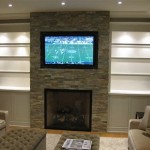Wood Burn Fireplaces: A Timeless Source of Warmth and Ambiance
Wood-burning fireplaces have long been a cherished feature in homes, providing warmth, ambiance, and a connection to nature. As a source of heat and a focal point for gatherings, fireplaces have earned a special place in our hearts and homes. From rustic cabins to modern abodes, wood-burning fireplaces offer a unique blend of practicality and aesthetic appeal.
The Allure of a Wood-Burning Fireplace
The allure of a wood-burning fireplace lies in its ability to create a cozy and inviting atmosphere. The crackling fire, dancing flames, and the scent of burning wood evoke feelings of comfort and tranquility. The warmth radiating from the fireplace creates a sense of intimacy and togetherness, making it an ideal gathering place for family and friends. The flickering light cast by the fire adds a romantic and enchanting touch to any space, creating a magical ambiance that is hard to replicate.
Types of Wood-Burning Fireplaces
Wood-burning fireplaces come in a variety of designs and styles, catering to different aesthetic preferences and architectural styles. Some common types include:
Traditional Fireplaces:
These classic fireplaces feature an open hearth and a chimney for venting smoke. They are often made of brick or stone and can be customized with decorative elements.Fireplace Inserts:
These are self-contained units that can be installed into existing fireplaces. They offer improved efficiency and safety by reducing heat loss and improving combustion.Freestanding Wood-Burning Stoves:
These stand-alone units provide a radiant source of heat and can be placed in any room. They offer greater flexibility and efficiency compared to traditional fireplaces.
Benefits of Wood-Burning Fireplaces
Beyond their aesthetic appeal, wood-burning fireplaces offer numerous benefits, including:
1. Heat and Efficiency
While not as efficient as modern heating systems, wood-burning fireplaces can provide supplemental heat to a home, especially during colder months. Modern fireplace inserts and stoves are designed to improve efficiency by maximizing heat output and reducing heat loss. The heat generated by a fireplace can also create a more comfortable and welcoming environment.
2. Cost-Effectiveness
Burning wood as a fuel source can be cost-effective, especially if you have access to readily available firewood. Compared to other heating fuels like propane or natural gas, wood can be a more affordable option, particularly in areas with abundant wood resources.
3. Environmental Considerations
Wood is a renewable resource, making it a more environmentally friendly heating option than fossil fuels. However, it is important to note that burning wood can contribute to air pollution, especially when done improperly. Using seasoned and dry wood, ensuring proper combustion, and utilizing fireplace inserts and stoves can minimize emissions and enhance efficiency.
Considerations for Wood-Burning Fireplaces
Before installing or using a wood-burning fireplace, there are several factors to consider:
1. Safety Precautions
Wood-burning fireplaces should be installed and operated according to safety regulations to prevent fire hazards. Proper ventilation, chimney maintenance, and fire safety practices are crucial. It is essential to use a fireplace screen to prevent sparks and embers from escaping.
2. Maintenance and Cleaning
Wood-burning fireplaces require regular maintenance and cleaning to ensure optimal performance and safety. This includes cleaning the fireplace grate, ash pan, and chimney. Regular inspection and cleaning can prevent chimney fires and ensure efficient heat output.
3. Environmental Impact
Burning wood releases particulate matter and other pollutants into the air. To minimize environmental impact, it is important to use seasoned and dry wood and maintain proper combustion. Consider the environmental implications of wood burning and explore alternative heating options if necessary.
4. Cost and Installation
Installing a wood-burning fireplace can be a significant investment, depending on the type of fireplace and the necessary structural modifications. Consider the cost of installation, maintenance, and fuel when making a decision.

Freestanding Wood Burning Stoves Sierra Hearth And Home

Wood Burning S Hearthstone Stoves Vermont

Wood Burning Stoves In Milton Keynes Inspirations

Wood Burning Fireplaces Inserts Full Service Chimney

A Wood Burning Fireplace Provides Several Practical Benefits Kozy Heat Fireplaces
3 Things We Love About Wood Fireplaces

Can You Install A Wood Stove In Fireplace Direct Stoves

How To Heat Your House With Just A Wood Burning Stove Chesneys

Sheraton 5 Wood Multi Fuel Log Burners

Wood Burning Fireplaces Fireplace Installation Madison Wi Verona

